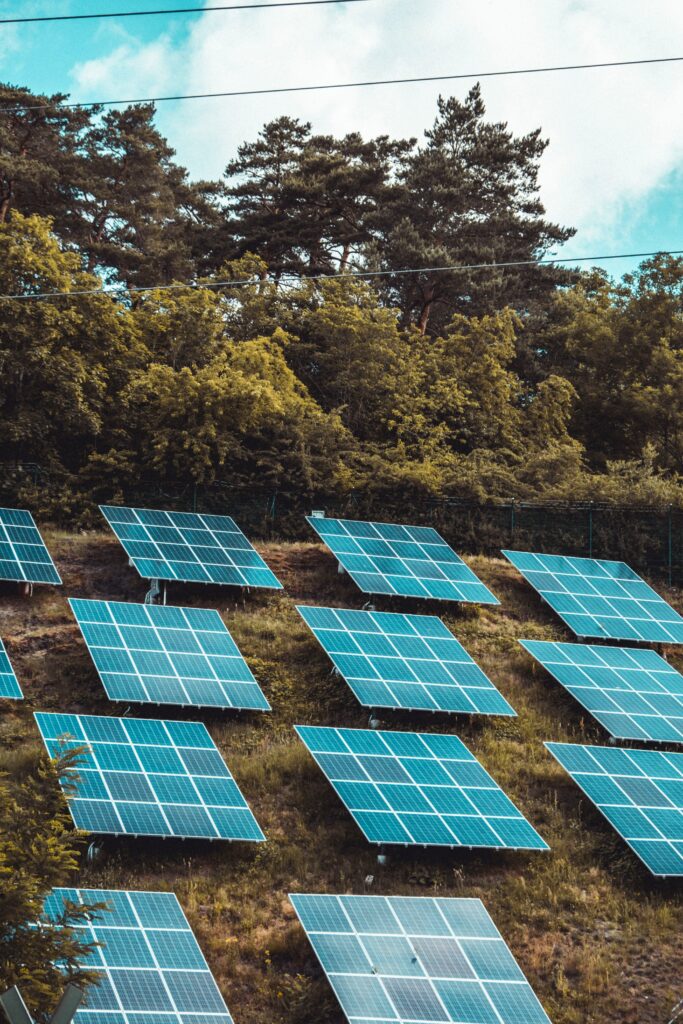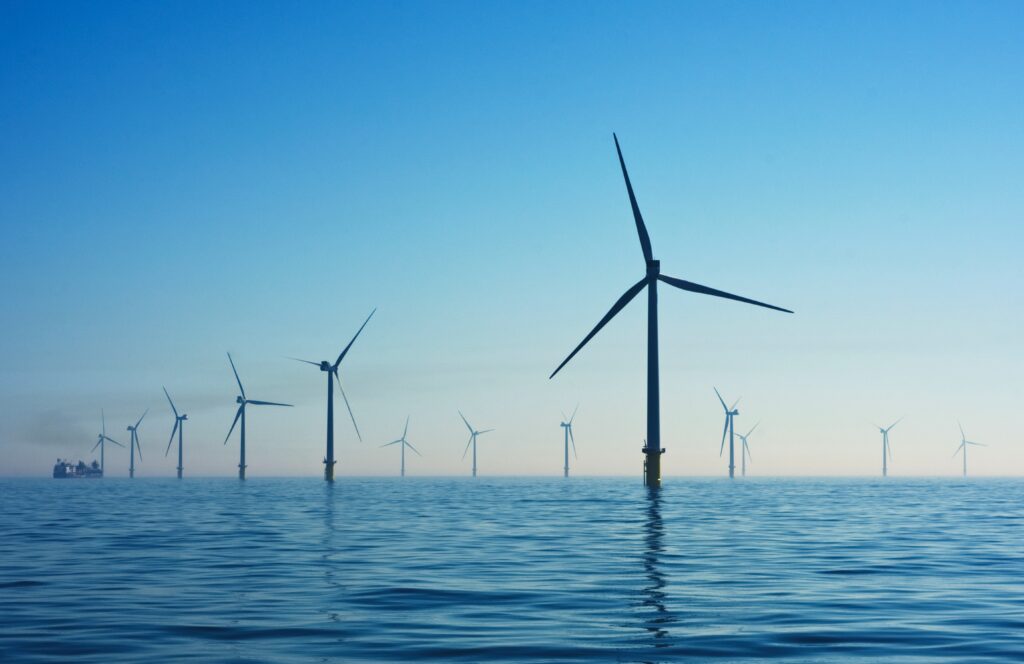(Renewable) Energy communities under the Clean Energy for all Europeans Package – an instrument for price stability?
In this article by Lights on Women contributor writer Mirella Johler (University of Innsbruck, Austria), she discusses energy communities under the Clean Energy for all Europeans Package (CEP), their role in mitigating the energy crisis and challenges and solutions to their implementations.
2022: Sustained high energy prices and the threat of energy poverty
Three years after the Clean Energy for all Europeans Package, newly formed energy communities report that they have (already) set independent electricity prices for their members.[1] Meanwhile, energy prices have soared following the pandemic and the Russian invasion of Ukraine.
Given the merit-order principle and the consequential influence of gas prices on electricity prices, consumers are unable to reap the benefits of one of the renewable energy’s main characteristics: its cost-competitiveness towards carbon-based fuels. Similarly, customers who have recently switched to retailers with flexible tariffs are forced to pay astronomical prices reflecting these tariffs. Energy poverty has grown to become a real threat for many Europeans. The European Commission defines energy poverty as the inability to keep the home adequately warm.[2] Sustained high prices can also increasingly become problematic for middle-income households, even when they are not imminently threatened to become energy poor but struggle with high bills.
In this scenario, energy communities hold the potential to create greater local resilience. Both, socially and economically. And that is because decentralized communities are built around local suppliers and provide customers with more stable and comparatively cheaper energy prices. The key lies in long-term contractual arrangements with fixed prices that do not necessarily reflect market prices.
This essay explores energy communities as instruments to mitigate the current crisis of energy prices and illustrates the remaining legal and operative challenges.
Energy Communities under the CEP
The CEP has established energy communities under European law. However, previous energy communities already existed – most of which were organized as cooperatives.[3] Under the CEP, energy communities are considered legal persons allowed to operate power plants and consume the generated energy among the members that constitute the energy community. Alternatively, energy communities can supply external customers (through power-purchase agreements) or opt for feed-in quotas. While the CEP foresees a choice of legal form, it regulates the type of members eligible for energy communities: private persons, small and medium enterprises (SME), municipalities, and legal persons. The latter category should include civil society organizations. Yet, given the explicit mentioning of SMEs, the term “legal persons” might not cover non-SME businesses.
The CEP regulates two types of energy communities: renewable energy communities and citizen energy communities. Renewable energy communities are restricted to a membership that is physically “close” to renewable production capacities. By contrast, citizen energy communities are not restricted to vicinity memberships and renewables but are allowed to operate services such as charging stations for e-vehicles.
It is important to note that not every member of an energy community must possess or bring in generation capacities (such as PV). Rather, members with ample PV installations could share (excess) energy with others (energy sharing).
Yet, both types of energy communities must create environmental or economic benefits for the members. The directive’s wording ((EU) 2019/944) might be interpreted regarding the existing energy cooperatives that godfathered the energy communities as created under the CEP: namely by applying the principles of the cooperative. From this follows that earned profits should not be distributed to shareholders but re-invested in the community, thereby bound to certain (contractually) well-defined community-centred. Exemplarily, the energy community could invest in power to heat solutions.
Energy Communities as a solution to high prices?
Regarding pricing, energy communities might benefit from two factors: self-organization and decentralization.
Given their focus on local or renewable self-consumption, energy communities could detach their price calculations from market prices. That is because, under regulatory law, energy communities are not considered suppliers and hence not bound to follow the merit-order principle that governs the current market design. Rather, they can set up tariff schemes for their members and/or external customers (non-members of the energy community). These prices might be stable compared to fluctuating market prices. Also, these prices might reflect that renewable energy – especially PV and wind – has become relatively cost-competitive[4] within the last 10 years. Thus, prices might only include the initial costs of installation and maintenance costs but not fuel procurement costs.
These benefits might not only be enjoyed by the members of the community themselves. Rather, power-purchase agreements with external customers might turn out as a practical instrument that provides energy communities with an income, while customers enjoy stable and secure energy prices. The legal idea of power-purchase agreements allows for various corollaries. On the one hand, consumers who cannot participate in energy communities could enter into power-purchase agreements with the energy community. Further, non-SME businesses might rent rooftop space to energy communities for the installation of PV. And if the available space allows for enough production capacity, these businesses could enter power-purchase agreements with energy communities. Thereby, contractual instruments such as fair-use clauses might provide against the over-consumption of one community member or external customer.
In general, the contractual practice allows for various combinations of production and consumption that complement each other: this is to say that the mere vicinity of different members of an energy community might not make them the best match available from an economic point of view. Rather, different load profiles must be combined to balance production, storage, and consumption. Thus, energy communities might benefit from diverse membership (businesses, municipal buildings, private houses, civil society organizations such as churches, etc.) with varying load profiles and (rooftop) generation capacities.
By installing local generation capacities, energy communities are a further step closer to decentralized energy production and consumption. They might help decrease the cost-intensive need for regional, national, and cross-border grid expansion as foreseen for the intercontinental transport of power.
Obstacles for Energy Communities
 However, at the time of writing, energy communities face various legal and operational hurdles. Often, legal and operational burdens are enmeshed – as visible in the construction sector. Locally, existing buildings might not be allowed or are technologically not able to adapt to renewable energy. For example, the Austrian law on monument protection and various federal state laws and guidelines that detail building aesthetic requirements of cities hinder property owners from installing solar PV.[5]
However, at the time of writing, energy communities face various legal and operational hurdles. Often, legal and operational burdens are enmeshed – as visible in the construction sector. Locally, existing buildings might not be allowed or are technologically not able to adapt to renewable energy. For example, the Austrian law on monument protection and various federal state laws and guidelines that detail building aesthetic requirements of cities hinder property owners from installing solar PV.[5]
This limitation to the installation of PV is intended to alleviate the visual impact of new technologies on historical buildings. Furthermore, construction statutes and procedural requirements might make the approval process of PV installations lengthy or allow only limited capacities which may suffice for self-consumption but foreclose participation in an energy community.
On a more regional dimension, zoning plans might not foresee or allow for the creation of new large-scale renewable plants (such as wind or PV). New hydropower plants are challenged by reference to nature protection laws (green-green conflicts). However, the revival of old (small-scale) hydropower plants might be a viable option in some cases, especially for local (renewable) energy communities.[6]
Data constitute another realm of difficulties for energy communities. The legally mandated roll-out of smart meters lacks behind targets. Moreover, some citizens refuse to use smart meters due to fears of electronic poisoning or data leakage. However, smart meters are a technical prerequisite for the successful operation of energy communities since they gather generation and consumption data every quarter of an hour and thus facilitate the billings of electricity flows within the energy community. Smart meters also help to differentiate between community-centred flows and flows between community members and residual retailers. The installation of smart meters is competitively necessary for the market entrance of energy communities. Further, the gathering of the metered data is essential to calculate the economics of future expansions of an energy community, such as the acceptance of new members or access to power to heat solutions for the members.
In most countries, the roll-out of smart meters is carried out by distribution network operators. They are obliged to inform the interested people about their network-related data (meter point, connection to substations, etc.). Since network operators are not required to publish these geo data, interested members of energy communities must request that information is given to them individually.
This process might scare potential members because information procedures could be lengthy and burdensome. Establishing an energy community remains a task for people with strong ecological motivation and technical expertise. The establishment of energy communities also depends on community-building and leadership capacity, which should be provided by municipal or civil society authorities committed to the proliferation of renewable energy. All the while, the market awaits to see the (large scale) entrance of new service companies to assist the establishment of energy communities professionally.
Internally, distribution network operators must upgrade their hardware and software to handle the metering challenges adequately. These upgrades demand far-reaching investments. As the energy transition is also a grid transition, distribution system operators will face similar tasks of congestion management as known at the level of transmission system operators due to an increase in production capacities at local or regional levels. Consequently, these infrastructural modernizations necessitate a strong political and legal commitment to sufficient investment. Also, joint efforts by private and public investors are needed with mechanisms that enable long-term planning security, such as state aid.
Outlook: The REPower EU Plan
Under the state of uncertainty and danger brought upon by Russia’s war in Ukraine and the related consequences for the energy markets, the European Commission has recently presented the REPowerEU Plan. The plan gives general momentum to the importance of renewable energy as a means of achieving greater economic and political independence. For energy communities, the mapped-out targets of enlarged shares of renewable energy create political leverage considering the above-presented hurdles. Target-wise, the solar photovoltaic capacity should be doubled by 2025 and increased to 600GW by 2030.[7] Further, the plan entails certain concrete measures, some of which energy communities would benefit from. First, the solar roof-top initiative should create a “phased-in legal obligation to install solar panels on new public and commercial buildings and new residential buildings.”[8] Secondly, the Commission recommended amendments to the renewable energy directive to “recognize renewable energy as an overriding public interest”.[9] From the national point of view, any such amendment might create obligations for member states to cancel or change laws that prohibit the installation of renewable energy systems in the name of other – non-overriding – public interests. Third, the Commission suggested the creation of “go-to” areas for renewable energy by member states: member states should determine zonal areas in which renewable projects can be approved with shortened and simplified permitting procedures.
To conclude, the implementation of the REPowerEU Plan would greatly ease the proliferation of energy communities. As of now, their set-up remains a passion project for curious citizens.
Notes
[1] See for example: ORF Kärnten, Dorfeigene Photovoltaikanlage, 26/05/2022, available here.
[2] European Commission, Energy Poverty, available here. However, the author points out that divergent definitions of energy poverty exist.
[3] More information on the development of energy communities is provided by the European Federation of citizen energy cooperatives (RESCoop) available here
[4] IRENA, Renewable Power Generation Costs in 2020 (2021) 26 ff, available here.
[5] In 2014, the owner of a restaurant in the Austrian town of Rust was not allowed to install solar PV on the roof of the historical building of the restaurant because the solar PV would have been visible from the rooftop of the nearby church. See ORF, Rust: Denkmalamt gegen Solaranlage, 17/04/2014, available here.
[6] A recent example of a re-opened hydropower plant is the Almkanal Project in Salzburg (Austria). See, ORF, Neues Kleinkraftwerk im Almkanal, 22/. 05/. 2022, available here.
[7] EU Commission, REPowerEU: A plan to rapidly reduce dependence on Russian fossil fuels and fast forward the green transition, 18/. 05/. 2022, available here.
[8] Ibid.
[9] Ibid.

Mirella Johler works as a Research Assistant at the Faculty of Public and Constitutional Law at the University of Innsbruck (Austria). Her main research areas are energy law, constitutional law, and comparative law. For her PhD, she studies energy communities and the Clean Energy for all Europeans Package.






